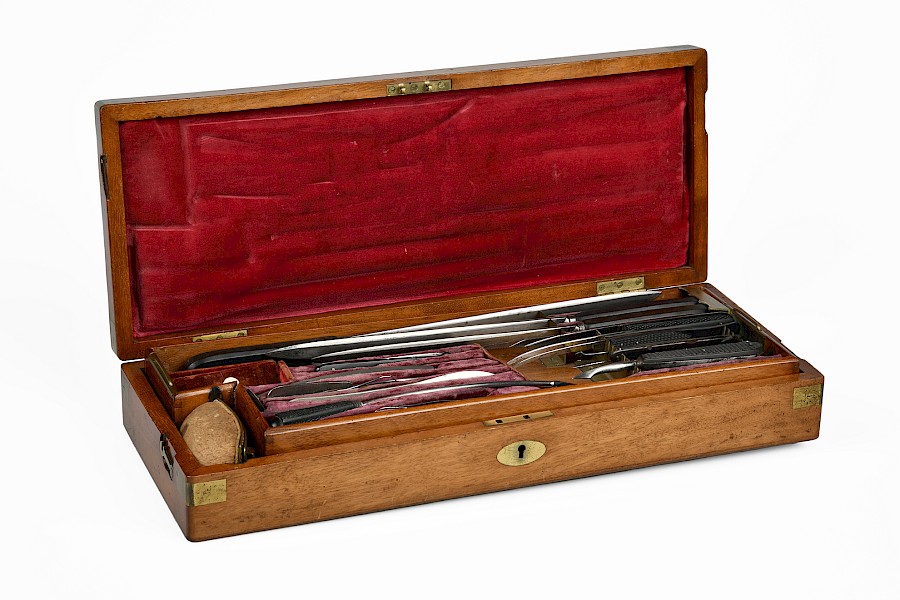Maria Skłodowska-Curie by Elisa Rusca
Description
The scientific discoveries of Maria Skłodowska-Curie (1867–1936) paved the way for major technological advances in war medicine, including the use of radon gas bulbs to disinfect war wounds starting in 1916. She was the first woman to receive a Nobel Prize and the only one to have received two. She also contributed to the development of mobile X-ray services at the start of the First World War.
Irène Curie (1897–1956), winner of the Nobel Prize in Chemistry (1935), was one of the first nurses to be trained in radiology during the First World War. She was only 17 when she joined her mother, Maria Skłodowska-Curie, at work in the mobile radiology laboratories of the French Red Cross. The vehicles made it possible to conduct pre-operative X-rays near the front lines, vastly improving medical care for wounded soldiers.
Elisa Rusca is co-curator of the exhibition WHO CARES? GENDER AND HUMANITARIAN ACTION (from 31 May to 9 October 2022).
Credits
© Rosy Lobster Pictures. International Red Cross and Red Crescent Museum.
Tags
VideosFocusGender and diversityLinked contents
Who cares? Gender and humanitarian action
31.05.2022 to 09.10.2022
Exhibition, At the museum, Gender and diversity
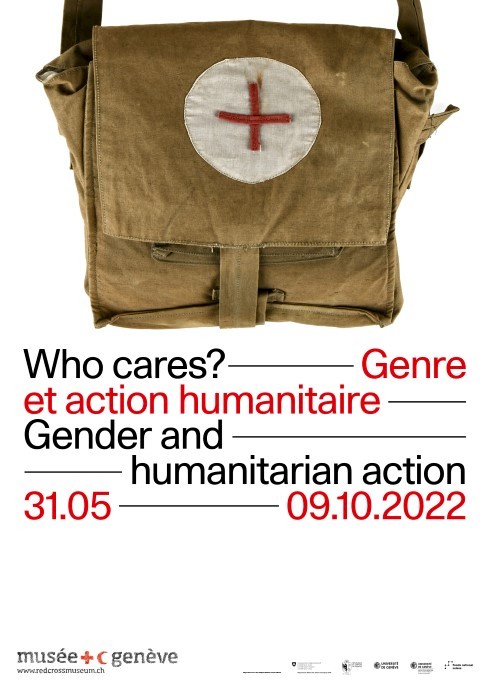
Sarah Monod By Dolores Martín Moruno
Audios, Focus, Gender and diversity
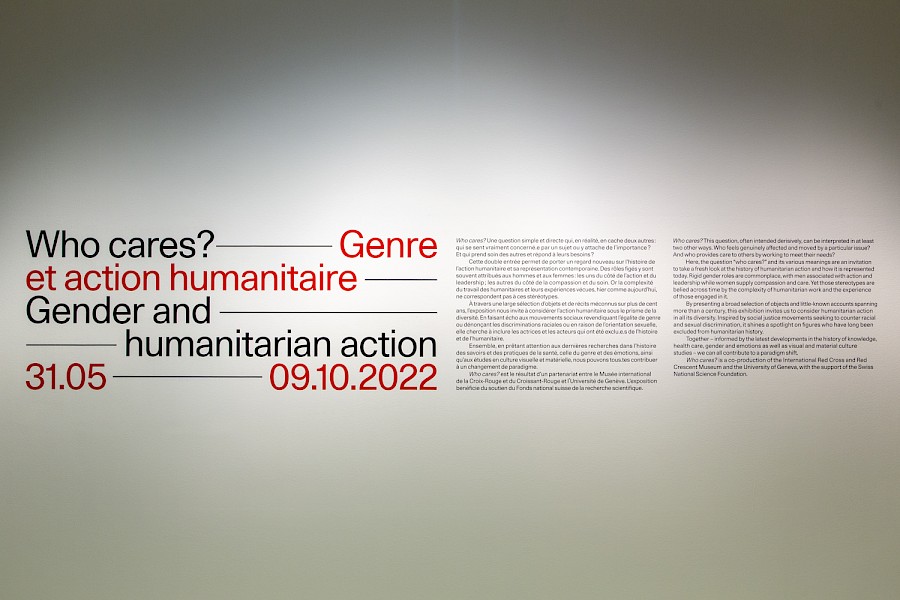
Friedel Bohny Reiter by Brenda Lynn Edgar
Audios, Focus, Gender and diversity
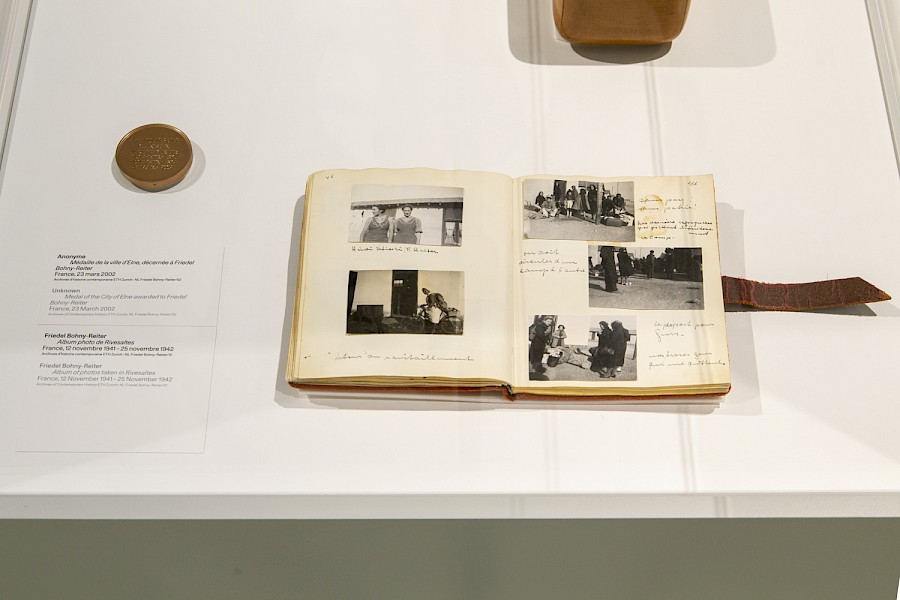
Florence Nightingale par Claire FitzGerald
Videos, Focus, Gender and diversity

Maria Eskens by Marie Leyder
Videos, Focus, Gender and diversity

Who cares? by Pascal Hufschmid
Videos, Focus, Gender and diversity

Coat of a nurse's uniform
Images, Exhibitions, Gender and diversity
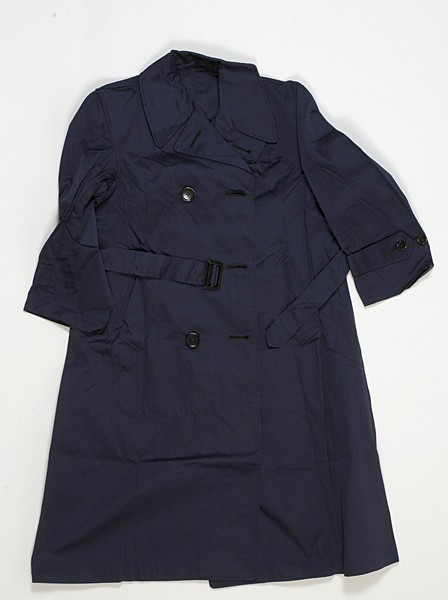
Maria Skłodowska-Curie by Elisa Rusca
Description
The scientific discoveries of Maria Skłodowska-Curie (1867–1936) paved the way for major technological advances in war medicine, including the use of radon gas bulbs to disinfect war wounds starting in 1916. She was the first woman to receive a Nobel Prize and the only one to have received two. She also contributed to the development of mobile X-ray services at the start of the First World War.
Irène Curie (1897–1956), winner of the Nobel Prize in Chemistry (1935), was one of the first nurses to be trained in radiology during the First World War. She was only 17 when she joined her mother, Maria Skłodowska-Curie, at work in the mobile radiology laboratories of the French Red Cross. The vehicles made it possible to conduct pre-operative X-rays near the front lines, vastly improving medical care for wounded soldiers.
Elisa Rusca is co-curator of the exhibition WHO CARES? GENDER AND HUMANITARIAN ACTION (from 31 May to 9 October 2022).
Credits
© Rosy Lobster Pictures. International Red Cross and Red Crescent Museum.
Tags
VideosFocusGender and diversityLinked contents
Who cares? Gender and humanitarian action
31.05.2022 to 09.10.2022
Exhibition, At the museum, Gender and diversity

Sarah Monod By Dolores Martín Moruno
Audios, Focus, Gender and diversity

Friedel Bohny Reiter by Brenda Lynn Edgar
Audios, Focus, Gender and diversity

Florence Nightingale par Claire FitzGerald
Videos, Focus, Gender and diversity

Maria Eskens by Marie Leyder
Videos, Focus, Gender and diversity

Who cares? by Pascal Hufschmid
Videos, Focus, Gender and diversity

Coat of a nurse's uniform
Images, Exhibitions, Gender and diversity

Flag of the Cruz Blanca Neutral Mexicana
Images, Objects, Gender and diversity

Two columns and a fragment of marble from the Castle of the Materity of Elne
Images, Objects, Gender and diversity
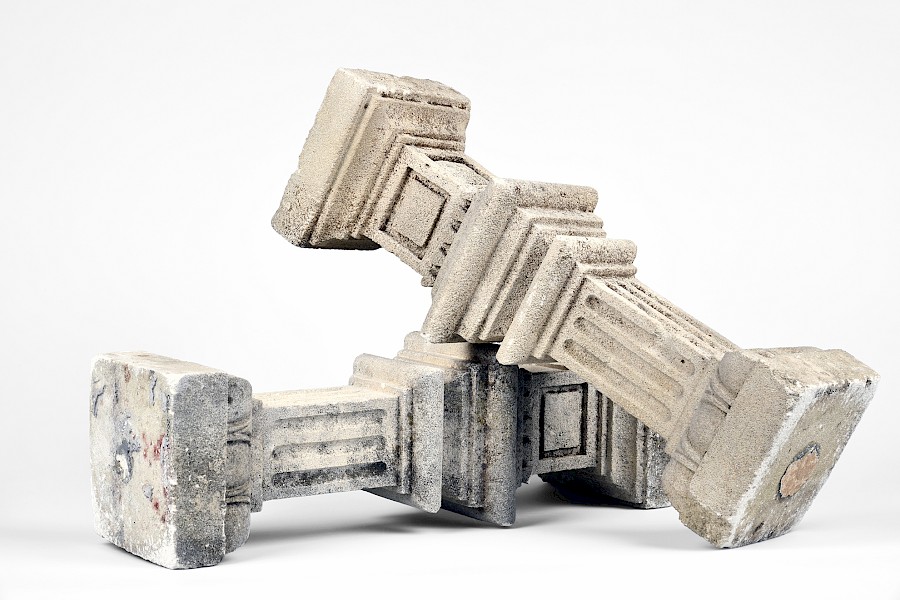
Portrait of civil rights lawyer Valarie Kaur
Images, Posters, Gender and diversity

Dr Patay's medical kit with complete set of emergency surgical instruments
Images, Objects
